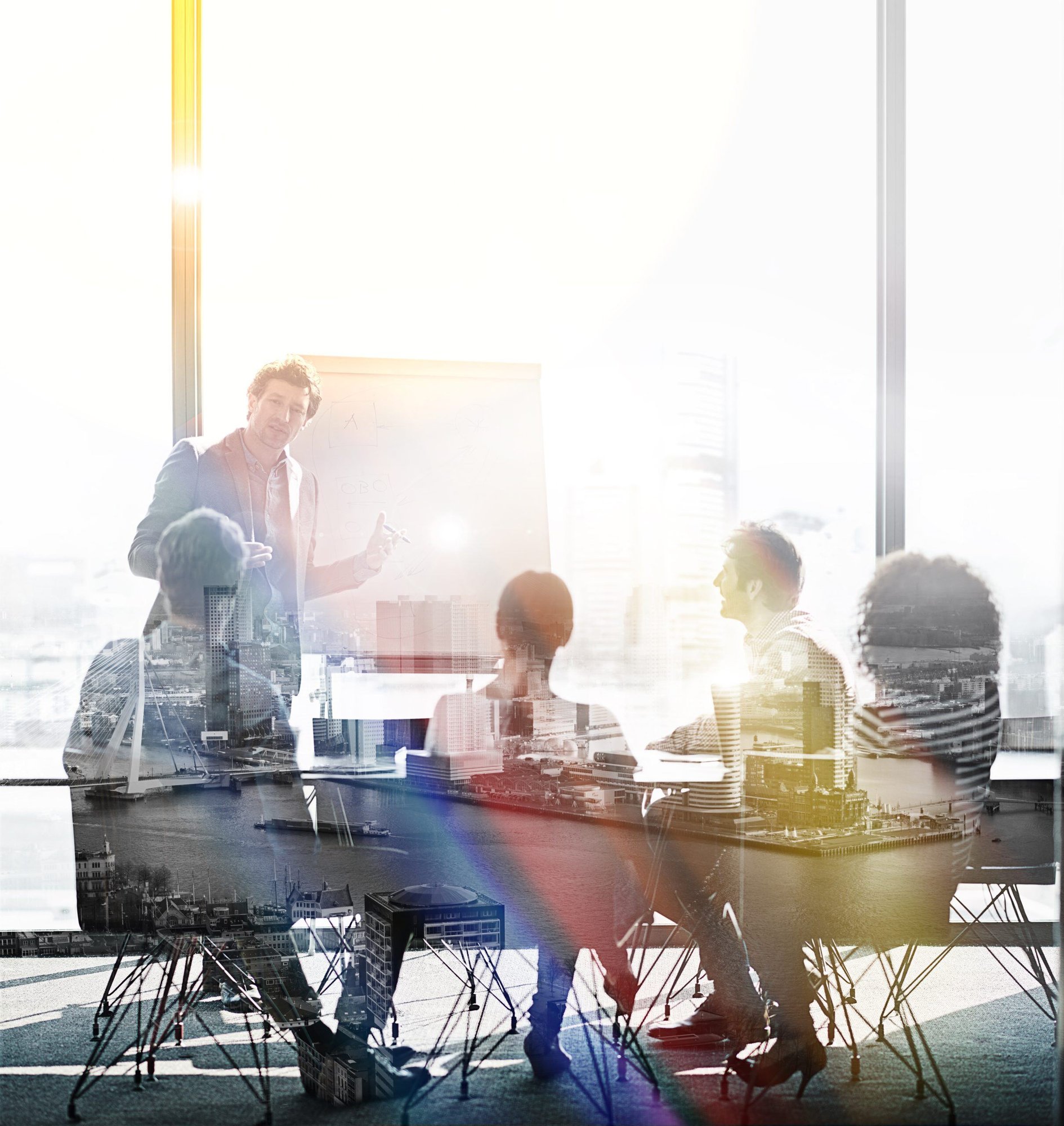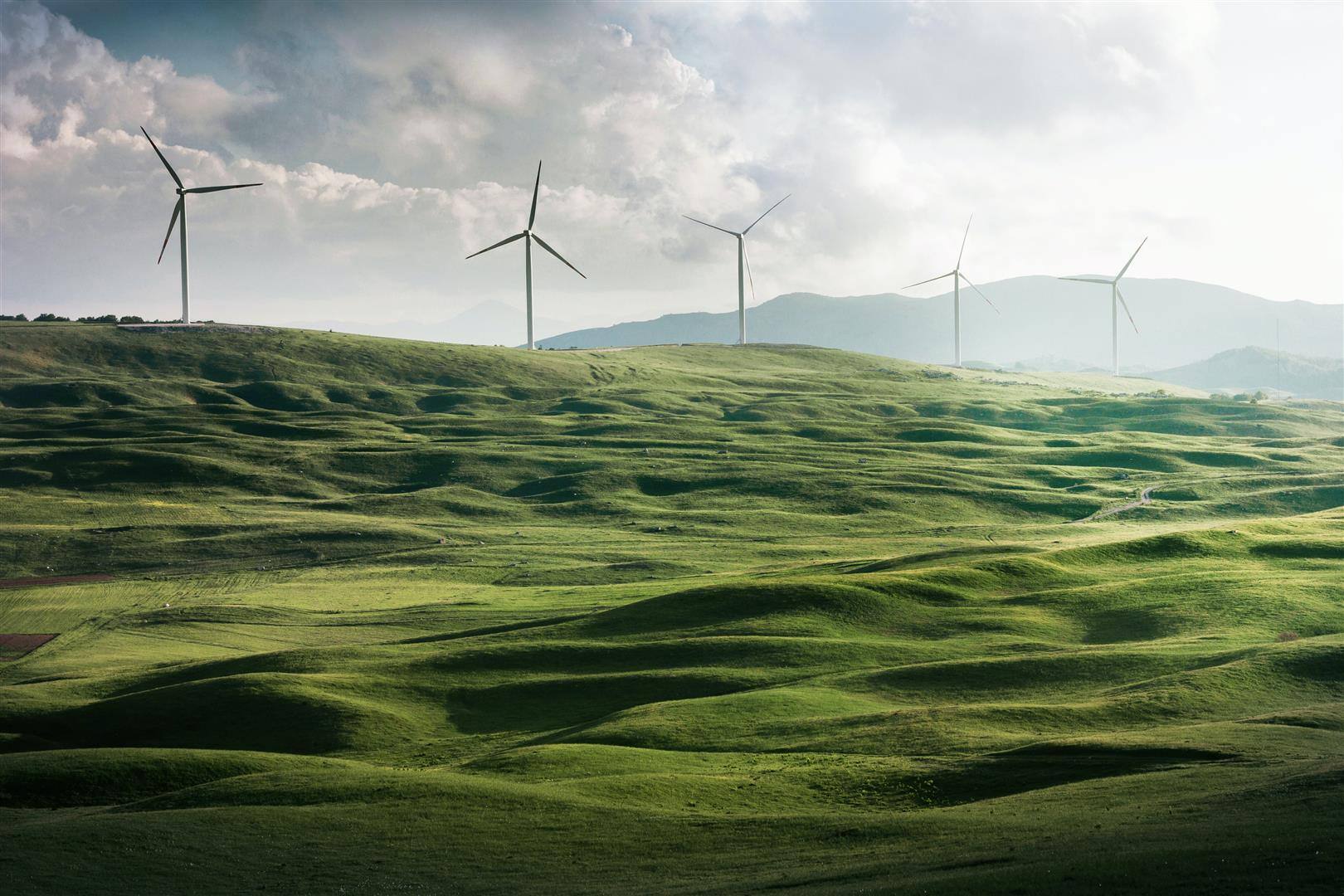3 min read
The Climate Opportunity: Reimagining the Planet and Our Place in It
Admin Jan 10, 2023 12:15:00 AM
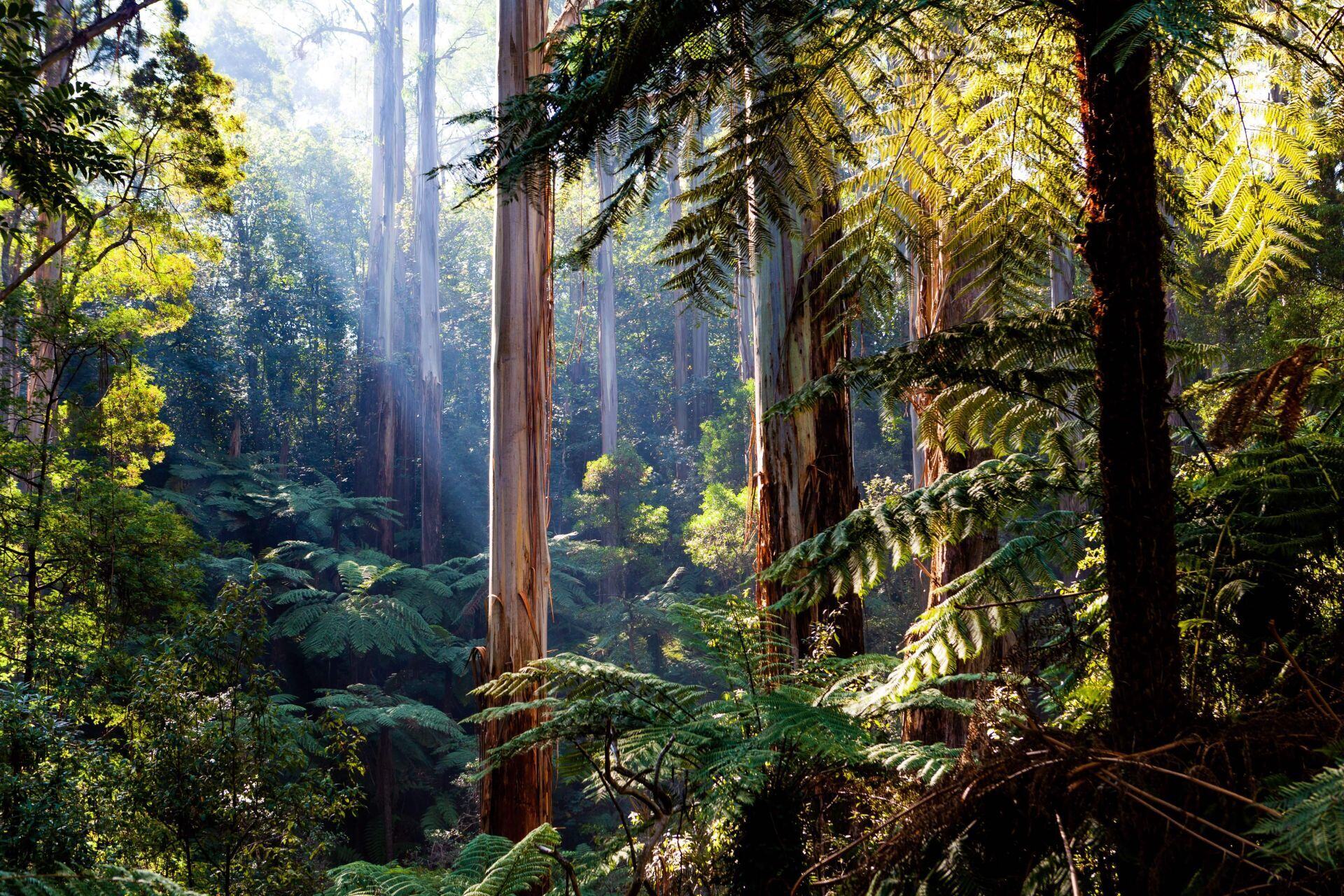
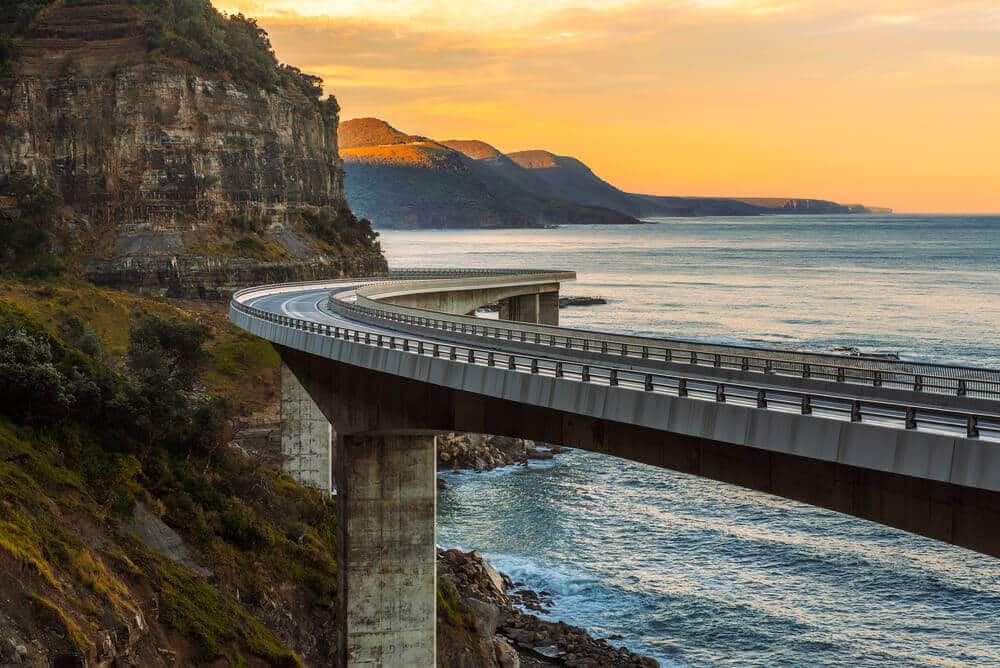
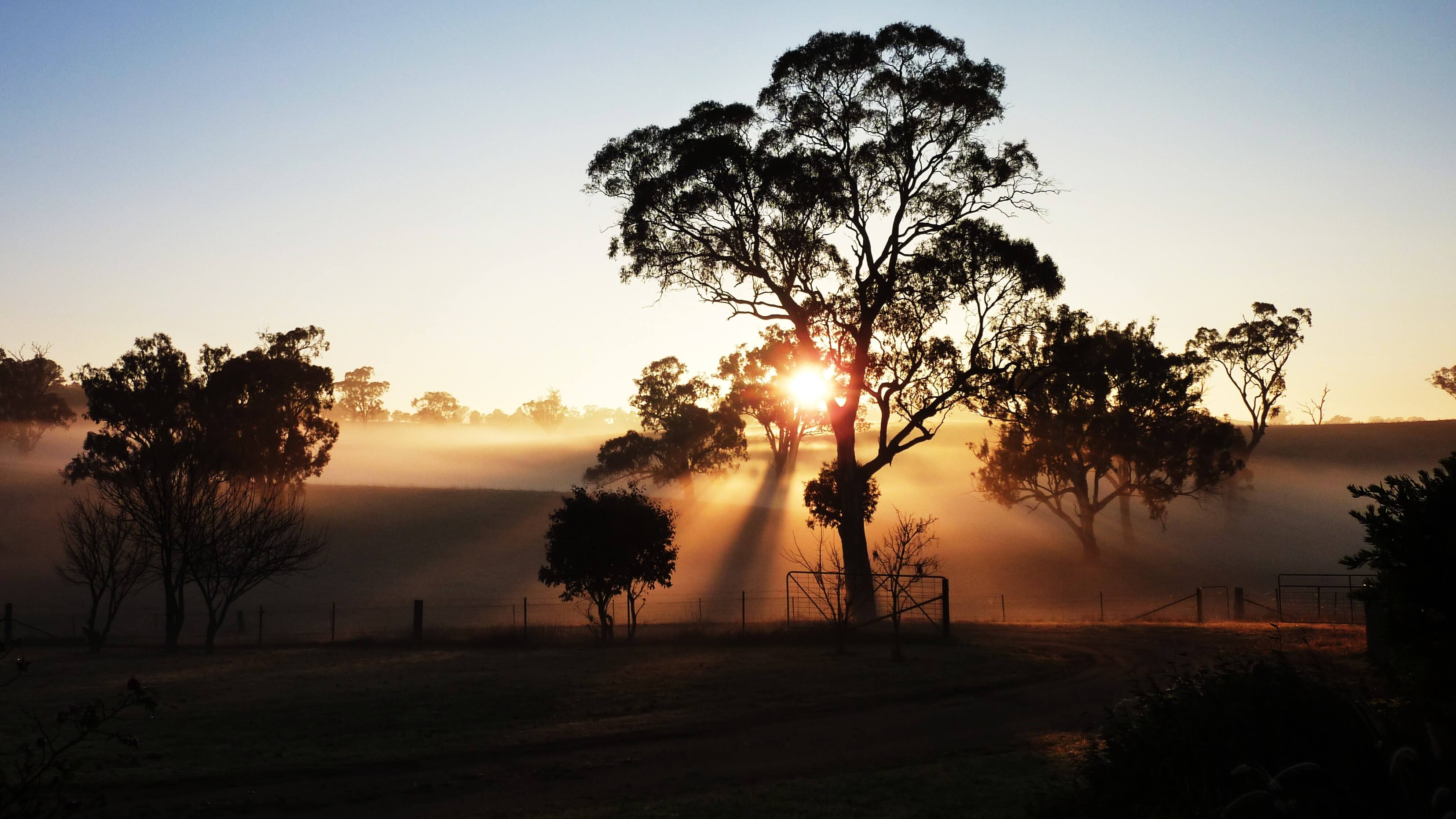
As we face the real possibility of catastrophic climate change, Tim Stubbs, Director and Principal Environmental Engineer at WolfPeak, says we must move beyond resilience and the mentality of more to embrace a fundamental mindset shift in how we see the world and our role in it.
If we’re to successfully limit global warming, real change must begin with a fundamental mind-shift in how we see the planet, and our place within it. That’s according to Tim Stubbs, Director and Principal Environmental Engineer at WolfPeak.
“We’re realising that the atmosphere is a system that interacts with all the other parts of the planet, and that we have to fit into that system,” he says. “We know that we can’t just pump carbon dioxide into the atmosphere and have no effect.
“The planet and its systems are just like our body. At the moment we are like a cancer taking over the body. We need to change our mindset to become an active organ in a healthy body.”
Tim says taking on this challenge can be the beginning of a really creative and prosperous period for human beings.
“If we really take this on and grasp the nettle, we’ll start to see new design and construction methodologies as people reimagine how to solve problems,” he explains. “This can be fun and stimulating and bring a new energy and interest to life.
“The systems we need to understand and work with are all around us, we all just need to get better at understanding them and then working out how we can have what we want without crashing the system.
“So the big question is, do we want to rise to that challenge?”
Resilience is not enough
A change in mindset combined with technology and innovation will empower us to completely change the game. Simply building resilience into existing infrastructure is unlikely to be enough.
“Look at the terrible floods we’ve had in Lismore, for example. The effects of climate change are telling us that maybe we can’t just keep on putting houses wherever we want,” Tim explains. “Rather, we need to understand the landscape, our ecosystem and climate, and let that drive the decisions we make around where we put our houses, infrastructure and assets.
“This transition has to be bigger than resilience,” he adds. “Resilience means you build the bridge stronger to withstand bigger floods. We need to think beyond resilience. Understanding the landscape and how the many systems of our environment interact will help us to understand where to put the bridge so it’s not at risk, or maybe find a different solution that means we don’t need that bridge at all.”
That mindset shift is going to require a fundamental change in how we think about our lives, what and how we consume, and the impact that has on the planet.
“Resilience is really about the mentality of more – if we just build things stronger we can still have what we want,” Tim explains. “We have to bring our existence more into line with what the planet has the capacity to sustain. That’s the big transition that needs to happen.”
Necessity is the mother invention
We’ve seen the success of this approach in the way Indigenous societies cultivated a symbiotic relationship with the environment. Combining that mindset with our current prosperity and technology could be the next big evolution of humanity.
But that’s going to take a push. Innovation happens when engineers, designers, scientists and architects are challenged to push beyond a business-as-usual approach. Tim regularly sees this on a micro-scale in his day-to-day work at WolfPeak.
“When we go to an engineer and say ‘hey, can we move where you were planning to put that noise barrier because it’s going to cut straight through the middle of a bushland corridor’, they come back with all these other options because suddenly they have a more interesting goal to design for as opposed to a straight line, minimal cost, no creativity.
“If you can explain to somebody how their designs are going to have an impact on all these natural systems that are everywhere, then people are stimulated by the challenge and opportunity to have an impact on something bigger. We need to take that innovation and apply it to a macro scale. That’s how we get to the next step.”
It’s now or never
Tim is hopeful that we’re on the right track. He believes we’re already seeing evidence of a new planet-first mindset in our transition to renewable energy sources, and the growing adoption of household solar power systems and electric cars.
“We’re seeing some of the early harbingers of this mindset shift in the ways we are now generating our energy. The fact that it’s now possible to power your car from solar panels on your roof would have been unimaginable 10 to 15 years ago.”
Nothing has changed in the system around us. The sun was always hitting the house roof, but now it is being captured and used to power the car. It’s an example of using technology and a change in mindset to better work into the planet’s systems but still keep our standard of living.
“Society is going to have to go through a pretty significant transition over the next 10 to 20 years,” Tim concludes. “We’re going to have to move from a mindset where humanity was unlimited in how we could use the planet, to an understanding that we need to integrate with the processes and the systems of the planet that support us.”
Want to put your business on the path to sustainability? Get in touch to find out how WolfPeak can help you rise to the challenge.
